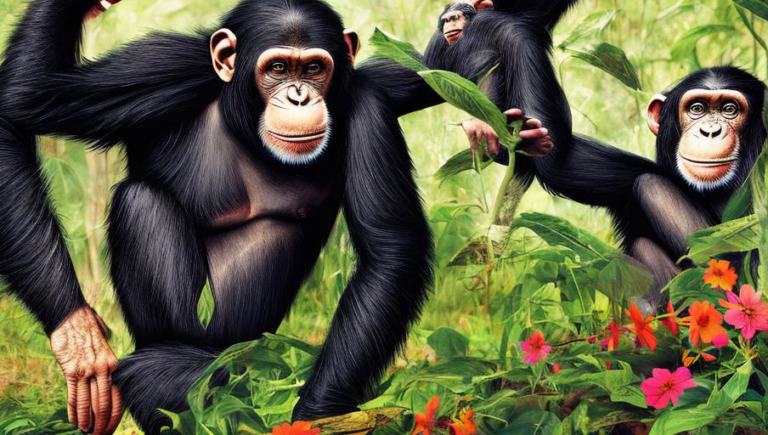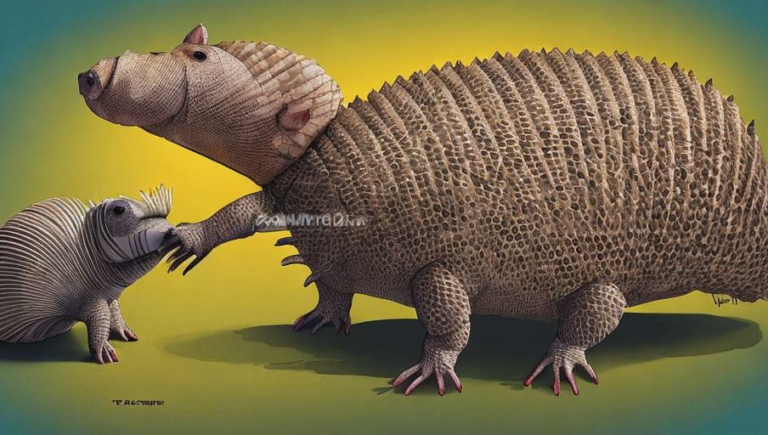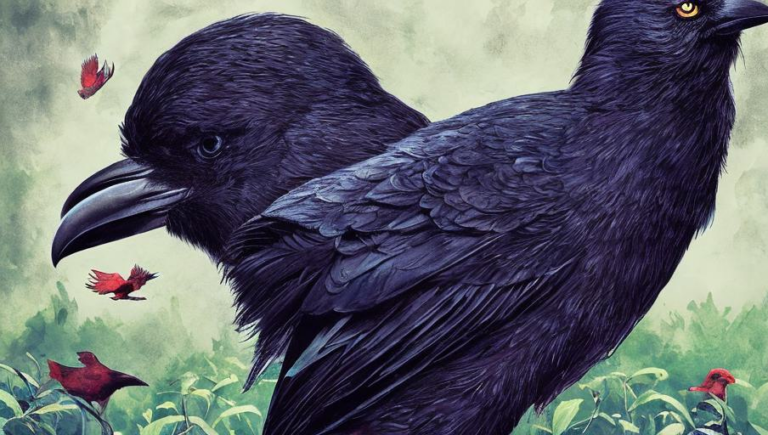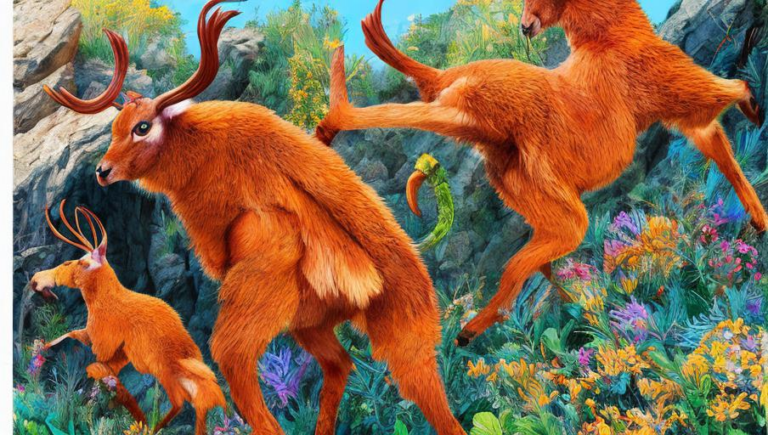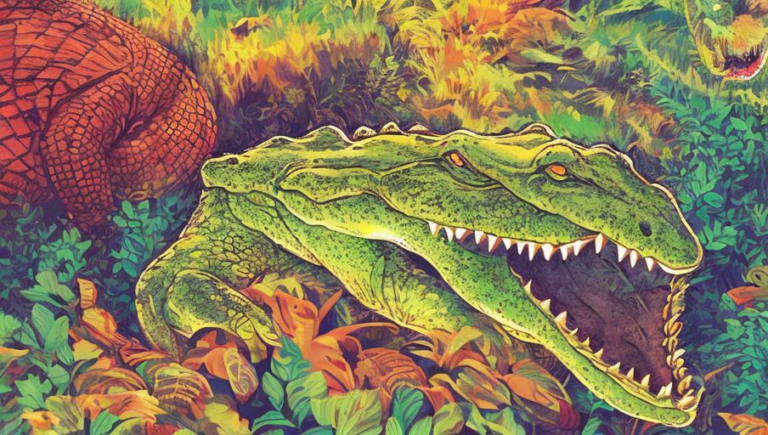Scientific Classification of the Caribou
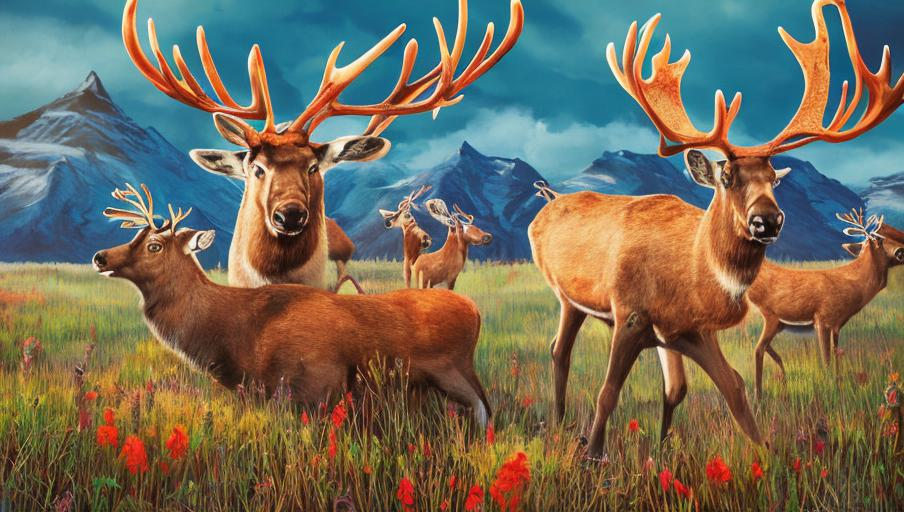
Introduction
The caribou is a species of deer that is found in the Northern Hemisphere, mostly in the Arctic and Subarctic regions. It is a large animal, with males weighing up to 700 pounds and females weighing up to 400 pounds. The caribou has a thick fur coat that changes color according to the season, from white in the winter to reddish-brown in the summer. It is an essential part of the food chain in the Arctic and Subarctic regions, with many other species relying on it for sustenance. Caribou are also important for their cultural significance to many Indigenous peoples.
Scientific Classification
The scientific name for caribou is Rangifer tarandus. It is part of the Cervidae family, which includes other deer species such as elk, moose, and reindeer. Caribou are further divided into subspecies, with the most common being the Barren-ground Caribou, which is found in North America, and the Woodland Caribou, which is found in Europe and Asia.
Description
Caribou are large animals, with a body length of up to 7 feet and a shoulder height that can reach up to 5 feet. Males are larger than females, and can weigh up to 700 pounds. They have long, curved antlers that can reach up to 4 feet in length. Their fur is short and thick, and changes color according to the season. In the winter, it is usually white, while in the summer it is usually reddish-brown.
Habitat
Caribou can be found in the Arctic and Subarctic regions of the Northern Hemisphere. They inhabit tundra and boreal forest areas, as well as mountainous regions. They are migratory animals, and are known for their long-distance seasonal migrations which can cover hundreds of miles.
Diet
Caribou are herbivores, and their diet consists mainly of grasses, sedges, lichens, shrubs, and other vegetation. They are able to dig through the snow with their hooves to get to the vegetation beneath. In the summer, they also eat the leaves and buds of trees and shrubs.
Behavior
Caribou are social animals and live in large herds. They are active both day and night, and have been known to travel up to 50 miles in a single day. In the winter, they form large herds and migrate together in search of food. They use their antlers to defend themselves from predators.
Conservation
Caribou populations have declined in recent years due to habitat loss and overhunting. They are now listed as a vulnerable species on the IUCN Red List. Conservation efforts are being taken to protect their habitats and reduce hunting pressure, in order to ensure the survival of this species.
